- What is a species?
- Origin of species
- Species and genus
- Types of species
- Examples of species
- Native species
- Exotic species
- Invasive species
- Endangered species
We explain what a species is, what its origin is and its relationship with the genus. The types of species, the endangered species and examples.
There are about 1.9 million species of living beings on our planet.What is a species?
In biology, by species is understood to be the basic unit of classification of the living creatures, that is, the bottom rung of all forms of taxonomy biological. A species is a set from organisms capable of reproducing and obtaining fertile (non-hybrid) offspring, and sharing their basic defining evolutionary traits.
Some 1.9 million species of living beings are currently known in our planet, spread over the various kingdoms of life. Many of them share evolutionary origins or are evolutionarily related from some common ancestor, although the category of species is difficult to apply to the primitive organisms of non-sexual reproduction, given that they are not reproductively homogeneous.
The biological classification gives each species a proper name, written in Latin and consisting of two terms: first that of the genus and then that of the species, as inHomo sapiens, name of the human species. In this sense, when we use common terms to refer to certain forms of life, such as "dog", "cat", "fungus" or "fern", we are actually referring to a set of species that can be extremely diverse from each other.
Origin of species

The way in which species appear is known mainly thanks to the work of Charles Darwin. His rehearsal The origin of species published in 1859, it laid the groundwork for what we now know as the biological evolution. In that text, Darwin explained that the species of living beings came from other previous species, that is, from their ancestors, whose destinies had been determined by environmental pressure, that is, the competition to survive and reproduce against other contemporary species. . Darwin called this competition "natural selection”.
Thus, the species come from each other earlier, going back in life to a common ancestor, and so on until the first forms of life. Darwin understood all this when in his travels he verified how the species of the Galapagos Islands were similar, but at the same time different, from those on the mainland. This suggested that, geographically isolated for a sufficient amount of time, the island species had adapted to their new environment, following a different evolutionary path from their companions on land. And so, eventually, each variant ended up being a different species.
Species and genus
In the scientific name of the species of living beings, we can see both the gender like the species, written in Latin:Homo sapiens, gender Homo (human) and species "sapiens" (wise). This is because the genus is a higher taxonomic category (more general, less specific) than the species, but lower (less general) than the family.
The genus, thus, is a lineage of species, evolutionarily related and that in some way constitute variants, it could be said that different materializations, of a general concept that encompasses them. The genres, furthermore, can be divided into subgenres or infragenres, sort of genres-within-genre, or they can be grouped into supergenera, an intermediate link between gender and family. There may be genera of a single species.
Types of species
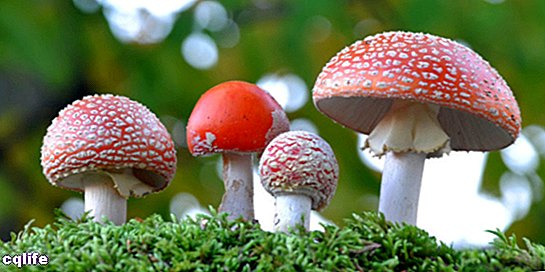
Species can be classified according to the realm of life to which the animals they describe belong. In that sense, we know (according to 2009 standards):
- Species animals. Of which 1,424,153 different ones are registered.
- Species vegetables. Of which 310,129 different ones are registered.
- Species of mushrooms. Of which there are about 120,000 different notes.
- Species of protists. Of which there are 55,000 different notes.
- Species of bacteria. Of which about 10,000 different ones are known.
- Archaea species. Of which only about 500 are known different ones.
- Species of virus. Of which there is a record of about 3,200 different ones.
Examples of species
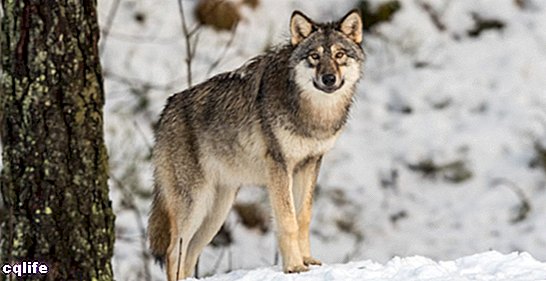
Some examples of species are:
- Homoneanderthaliensis. Extinct species and of the human race, which coexisted with modern humanity about 230,000 years ago.
- Cannis lupus. Known as the gray wolf, it is the most common species of wildlife wolves in the world, to which the common dog could genetically belong, had it not been domesticated thousands of years ago.
- Pantheratigris. It is one of the four species of tigers in the world, famous for its grated and orange leather. It is endemic to the Asian continent where it is a great jungle predator.
- Helicobacter pylori. A species of gram negative bacteria that inhabits the human gastric system, being able to develop infections in the gastric mucosa.
- Rhodniusprolixus. Called chipo or pito, it is a common blood-sucking insect in the American continent, capable of transmitting Chagas disease.
- Populus Sunrise. Known as white poplar or common poplar, it is a leafy tree with green leaves with a white back, common in Europe Y Asia, which grows up to 30 meters in height.
Native species
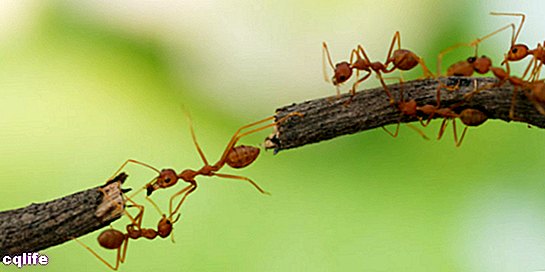
Native species are those that originate from the habitat in which they are found, that is, they do not come from migrations, nor have they been artificially introduced. However, unlike the endemic species, the native ones can perfectly be found in other environments, in which, logically, they will no longer be native, but rather exotic species.
For example: the marine iguana of the Galapagos Islands (Amblyrhynchuscristatus) is native and endemic to the islands, since they originate there, and nowhere else in the world is it found. On the other hand, the Argentine ant (Linepithemahumble) is a native species of South America (Argentina, Paraguay, Bolivia and southern Brazil), which has been artificially introduced to all other continents except Antarctica, and in them competes with the native ant species of said continents.
Exotic species
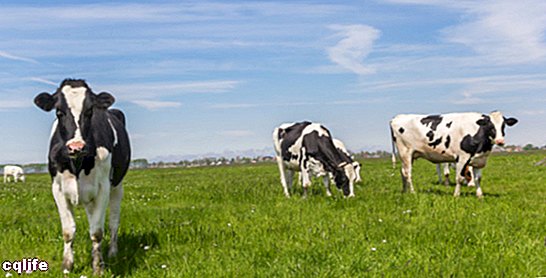
The exotic speciesIntroduced species or foreign species are those that are not native to the place where they are found, that is, that have been artificially introduced or that are the result of migrations. In this sense, they are considered the opposite of native species.
Exotic species can be beneficial or harmful to the habitat that receives them, thus altering the local ecological balance, and can result in competition for native species. In the event that they are harmful, they are considered invasive species.
The human being is responsible for many of the species introductions throughout the weather, either consciously (green engineering) or unintentionally. A clear example of this are cows (Bostaurus), which today are grazed throughout the world but have a South Asian origin. Another is the various species of wheat (Tricutumspp), introduced by the farming on all continents.
Invasive species

Is considered invasive species to those exotic species that, once arrived in a new habitat, proliferate and generate an alteration in the native ecosystem, displacing other species or impoverishing the ecological niche, since they come from an external biological system. These species can represent a real biological danger, not only at the biotic level but also at the economic and agricultural level, or public health, and therefore there are international regulations regarding the control of the transit of animals, plants, seeds, etc.
An example of invasive species is represented by common rabbits (Oryctolaguscuniculus) introduced to Australia in the 19th century to practice the sport hunting, and that they proliferated to such a degree that they became a plague in this country, putting entire plantations in check, since they did not have predators natural in saying ecosystem.
Endangered species
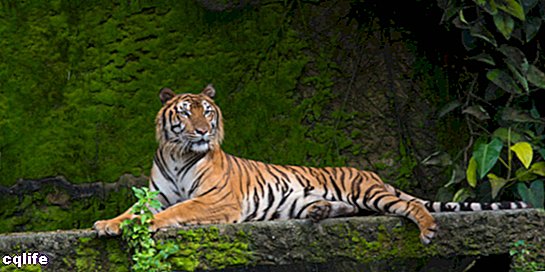
Extinction is the death of a species, that is, the disappearance of all the individuals that compose it. It is a process that has often occurred in the biological history of the planet, sometimes individually and sometimes in a massive way, in what is known as mass extinctions, evidenced in the geological fossil record.
Extinctions can occur for various reasons: drastic changes in the ecosystem (climatic, chemical, geological, cataclysms, etc.), the emergence of a new, more successful species (natural selection) or, as occurs in current times, due to human activity: pollution, hunting or indiscriminate logging, etc.
